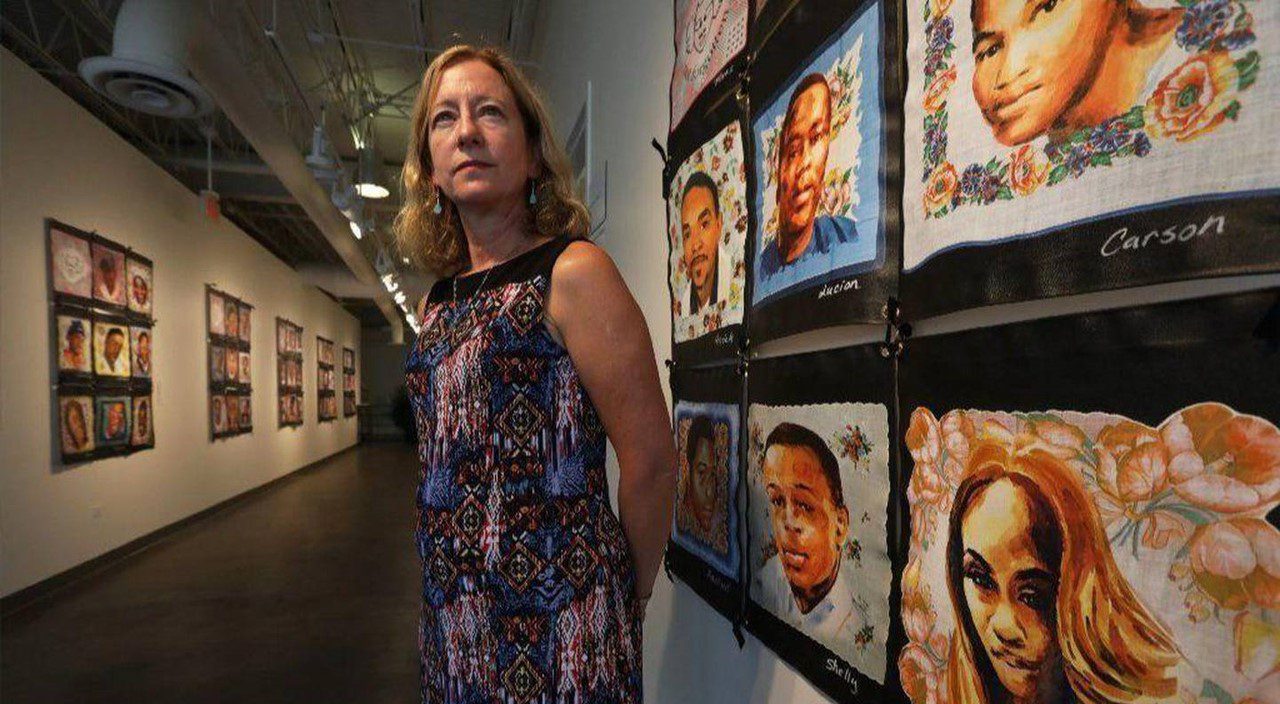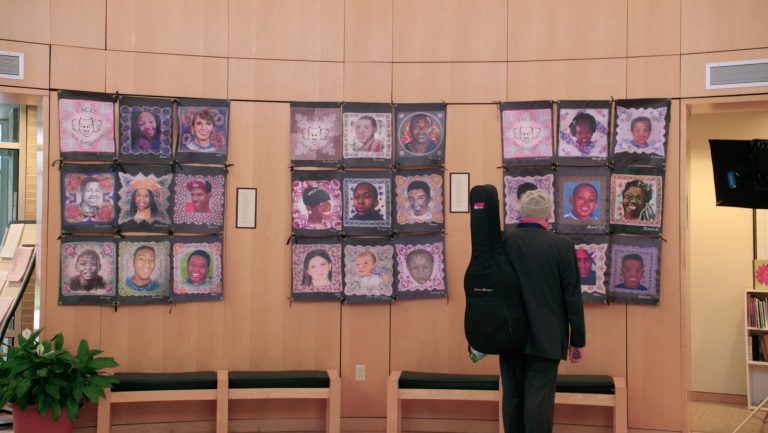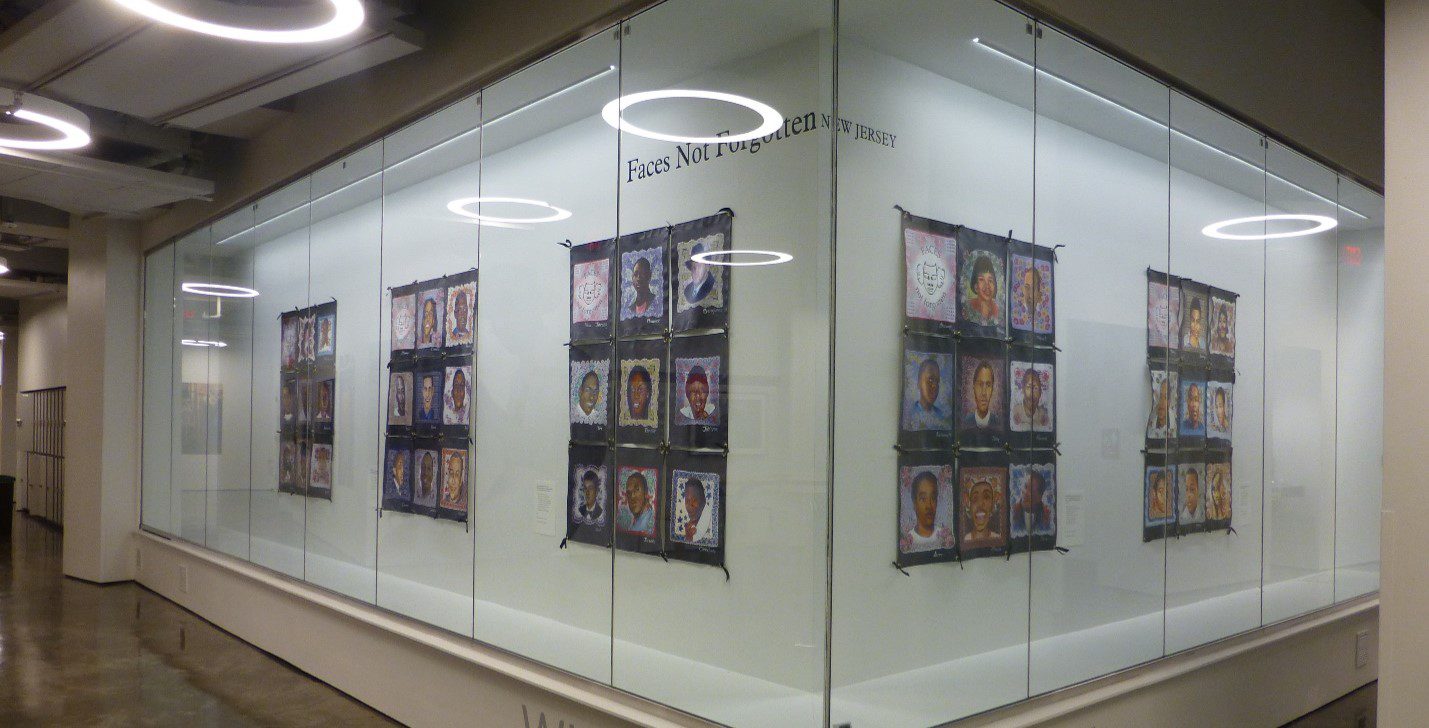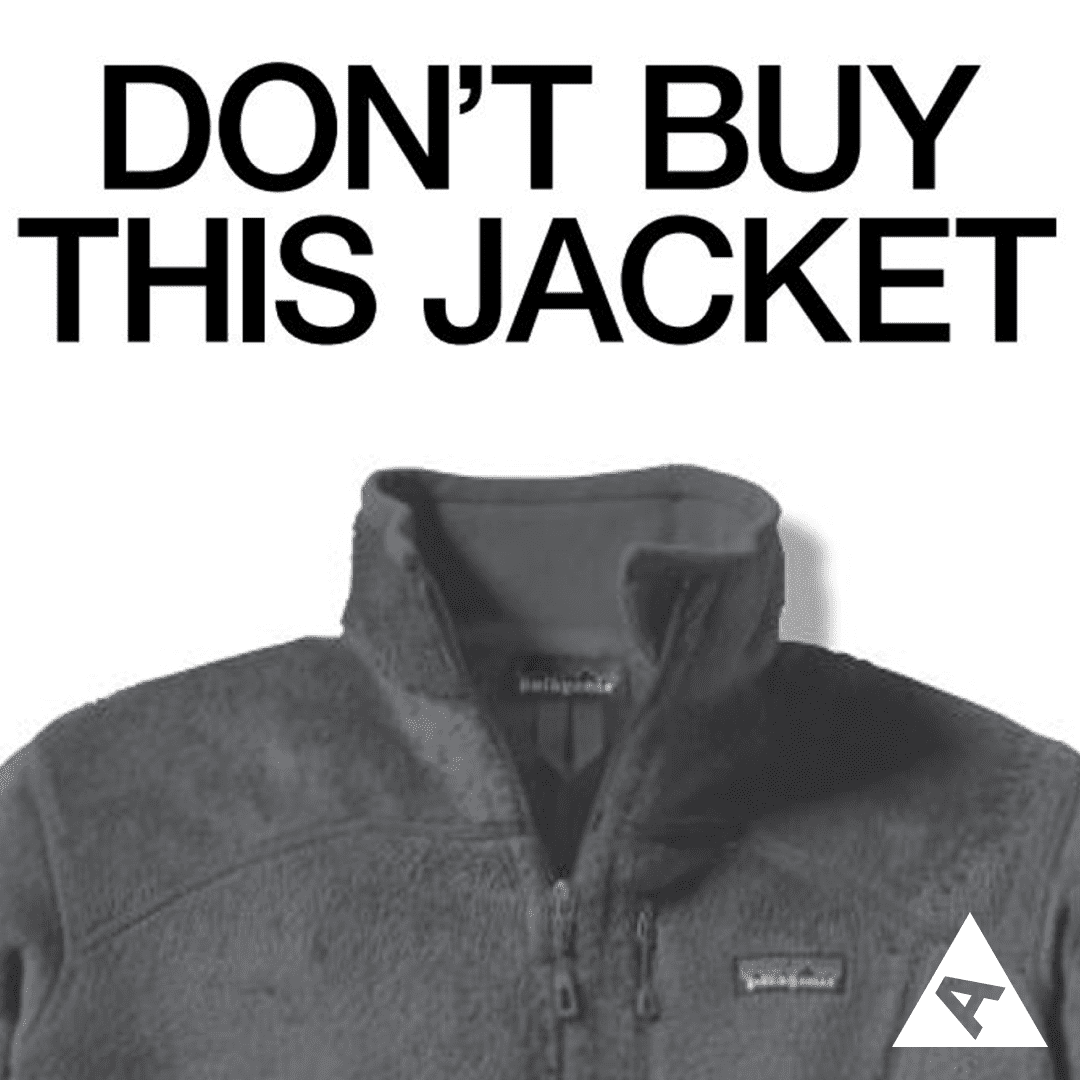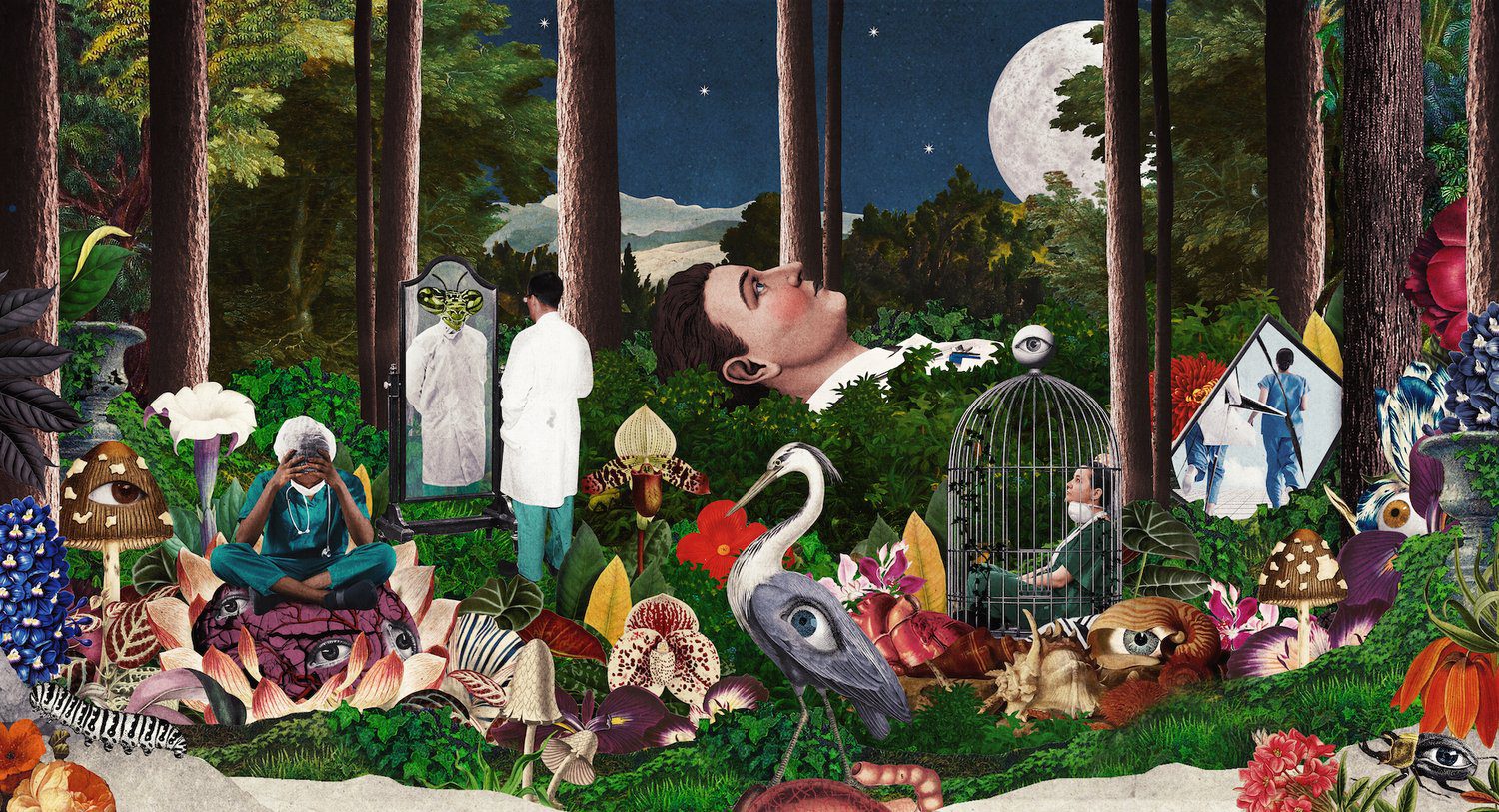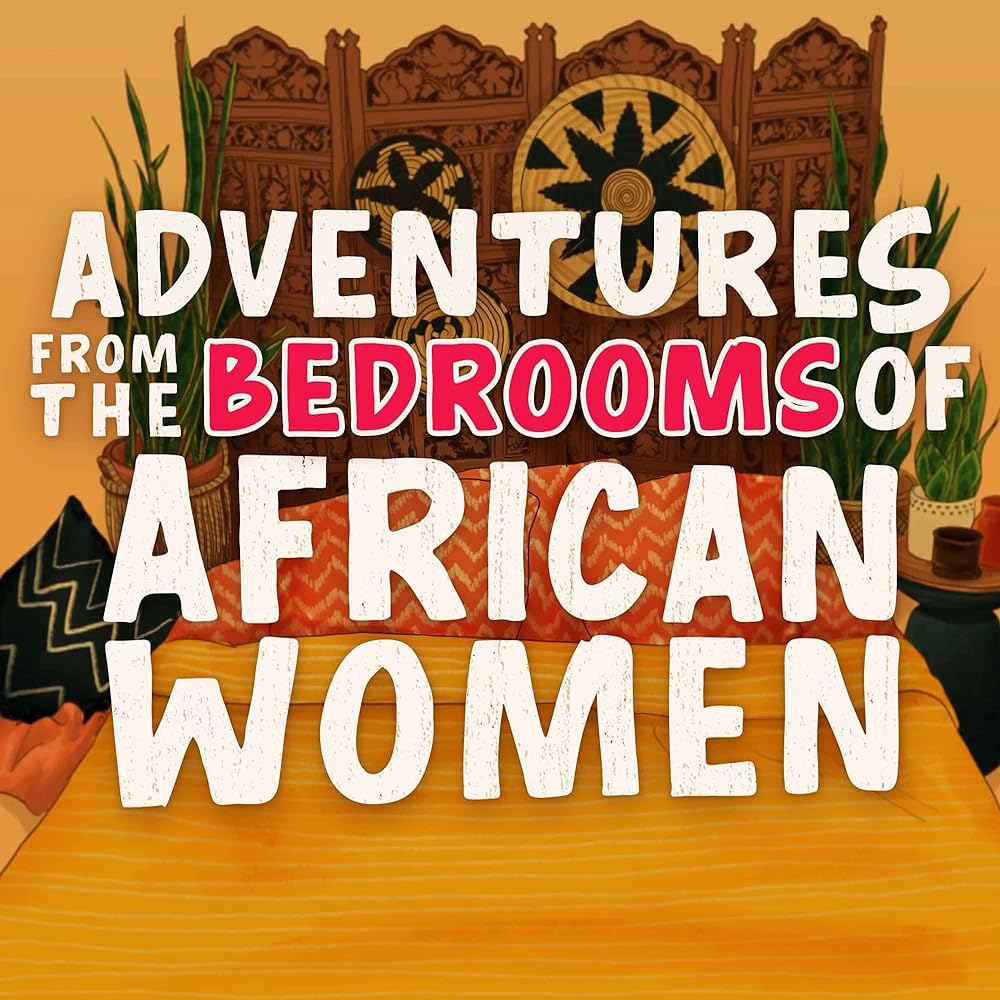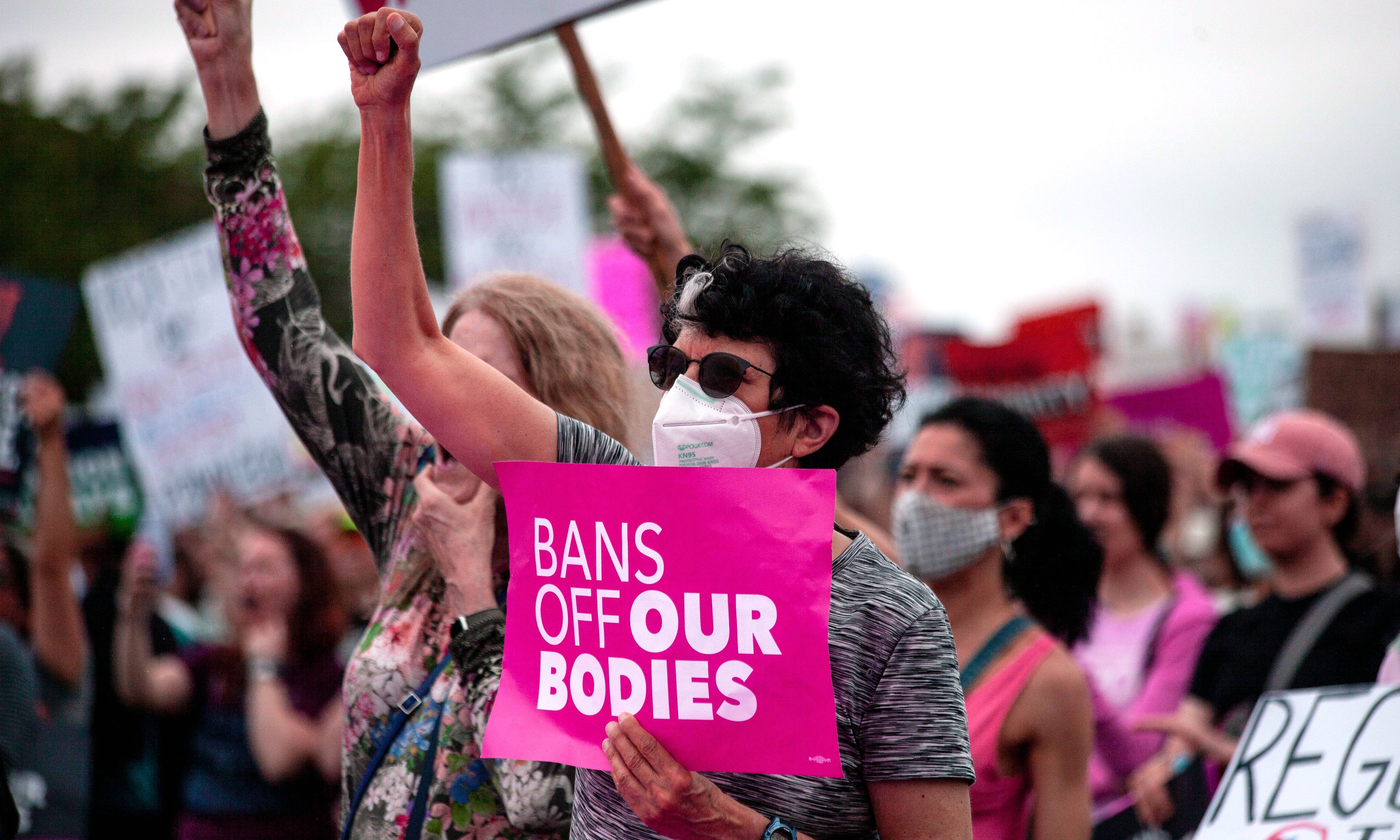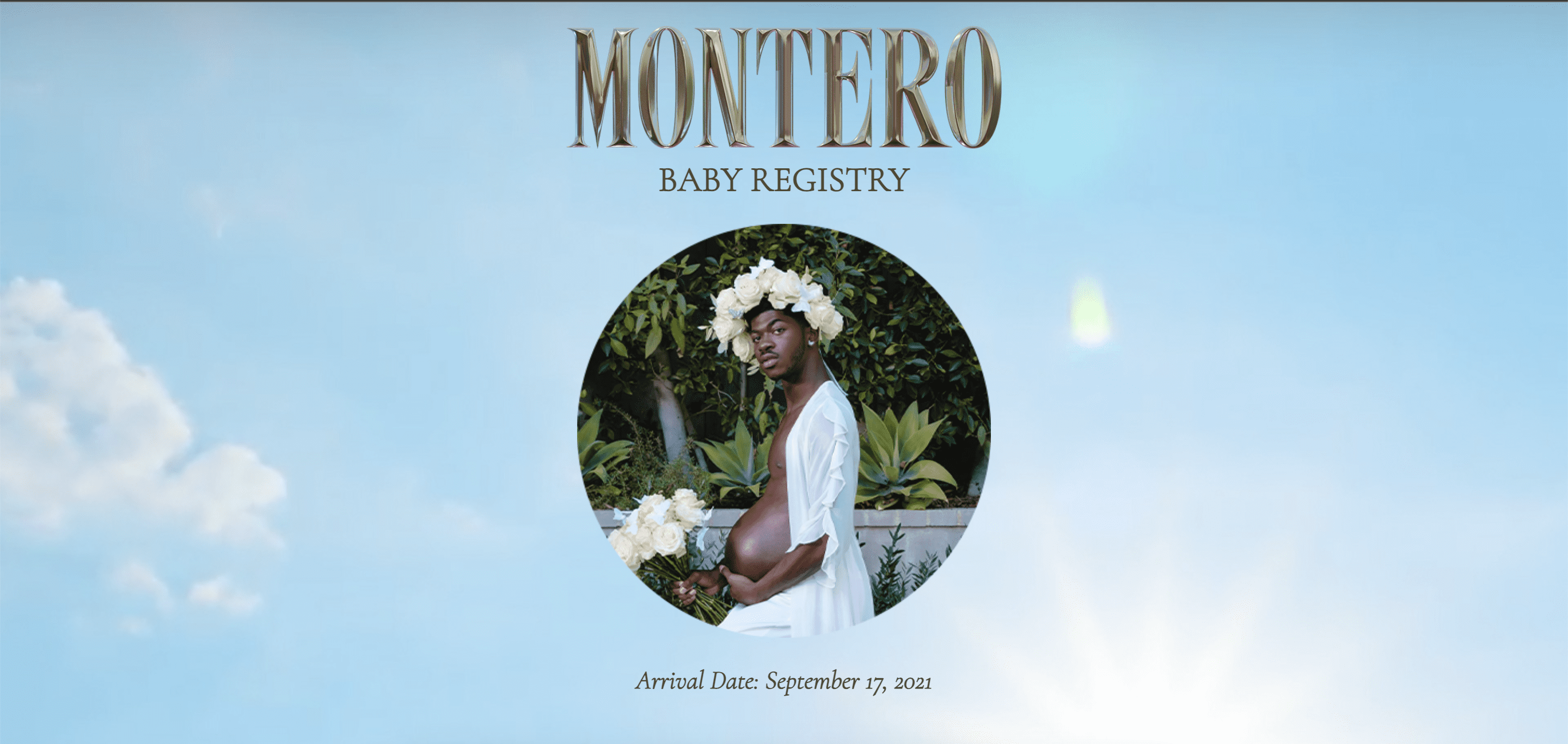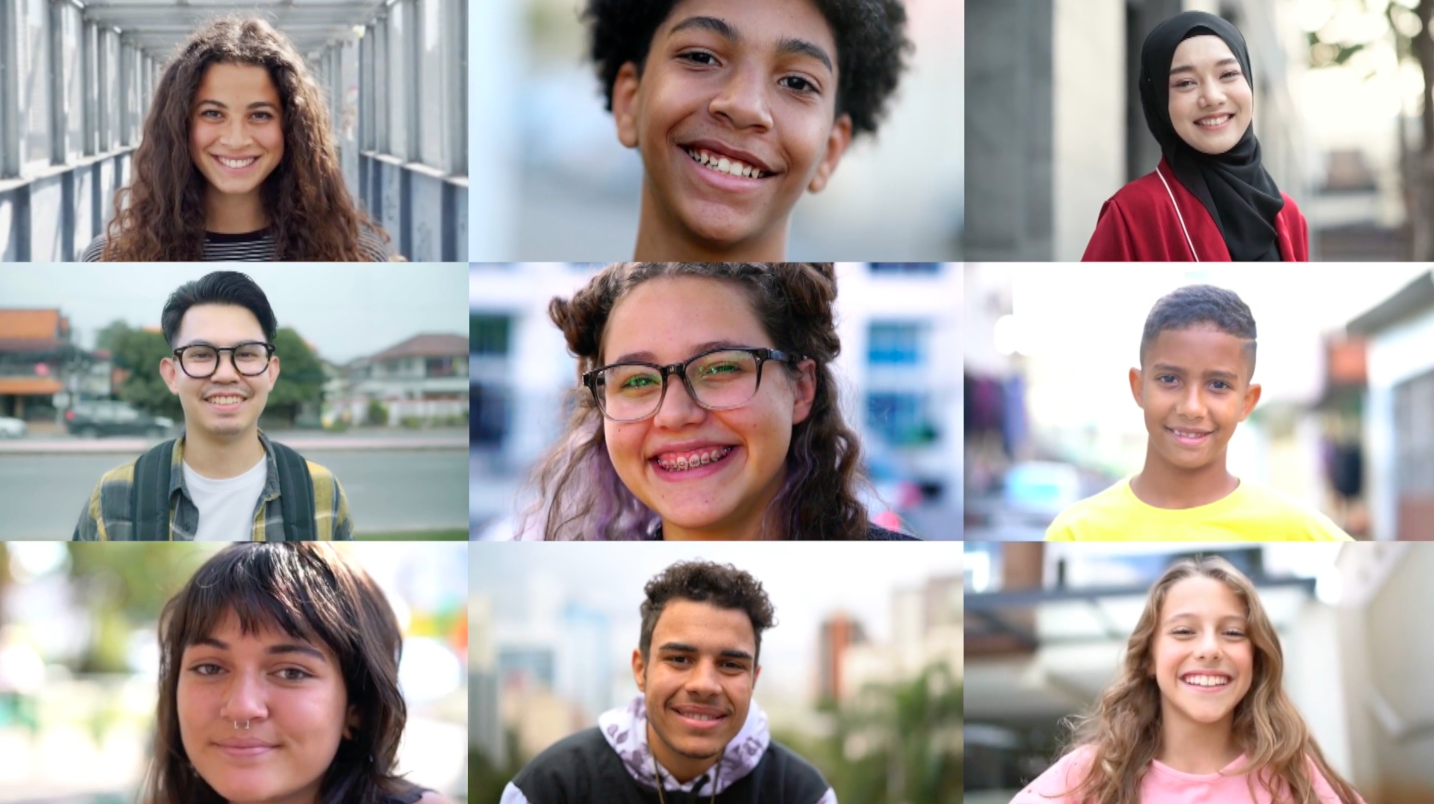How Faces Not Forgotten Memorializes Lives Taken by Gun Violence
We spoke with the Anthem-winning initiative to get a close look into how they honor the memories of youth who were killed due to gun violence.

The national social justice visual art project, Faces Not Forgotten (FNF), refuses to let the names and faces of young lives fade. By painting intricate portraits on quilts, FNF brings comfort to the families of children and teens who were made victims of gun violence and gives a face to statistics by honoring their memories. We spoke with Founder and Executive Director, Christine Ilewski, to understand FNF’s work in humanizing gun violence, helping families grapple with the extreme grief that follows and raising awareness on the severity of the issue.
This remarkable project was recognized with a Gold Anthem Award for Special Projects showing Innovative Products and Services, and Silver for work in Community Outreach. Dive into their transformative work below and gain insight into how to develop an initiative that carries nationwide impact.
To position your work and campaigns alongside Anthem’s global community of changemakers, enter the 3rd Annual Anthem Awards by the Extended Entry Deadline on Friday, October 13th!
For those who are unfamiliar, please tell us a bit about Faces Not Forgotten and the work that you do.
Faces Not Forgotten is a social justice visual art project reflecting the number of U.S. children, eight per day(!), disproportionately black, who are killed by gun violence. Gun violence is the number one cause of death for American children.
Our artists convert this horrific statistic into individual humanity with hand-painted portraits dignifying each child, donated to survivor families to provide comfort. We then exhibit, with accompanying educational programs, the state quilts, created from the portrait images grouped by home state, to shift the perception of the causes of gun violence in the hopes of igniting change.
What inspired Faces Not Forgotten?
Faces Not Forgotten was inspired by my personal losses to gun violence. My dad died when I was 20 from suicide, and then in 2009, I lost a close family friend, Fr. Larry Rosebaugh. OMI. He was a civil rights activist. I used to ask him how he knew what actions he wanted to take, in hopes of finding my own activist calling, and he’d quietly answer, “You’ll know.” In 2009, I woke up to a phone call that he had been murdered. Fr. Larry’s death reopened the wound of my dad‘s death. First, I spent some time creating a children’s book about Fr. Larry that I just published recently. And then I started learning about the gun violence epidemic against children because Fr. Larry had been such an advocate for children’s rights.
I didn’t have an initial plan for the project and I simply called it “Faces.” Without any real concept of the magnitude the problem, I stepped off a ledge into a devastating issue with no conceivable end. It became my mission to tell the visual story of 8 children dying each day in this country from gun violence and to dignify these young lives.
I did the first 30 or so portraits myself and then my friend and now board member Jane Linders stepped in and found more artists to help. We won the Critical Mass award in St. Louis the year Michael Brown was shot in Ferguson. We expanded to Chicago and then nationally. We made a street banner of our portraits for the Women’s March in 2017 and other survivor marches and events.
And then I created the Faces Not Forgotten quilts after thinking about the AIDS quilts. We were featured on the BBC and public radio. We now have 35 quilts that travel in exhibits nationally. It is so much bigger than I ever imagined it to be but just a fraction of the lives taken by gun violence to date. We will only do a portrait with the family’s permission through our submission link.
I hope to use the power of art to dispel deeply rooted myths about gun violence, and to spark conversations that might lead to solutions.
This year, The Anthem Awards is putting a spotlight on how change is a chain reaction. What intersecting areas does Faces Not Forgotten speak to and address?
I believe Faces Not Forgotten speaks to the uniquely American intersections of systemic racism, poverty, and capitalism underlying gun violence. By visually illustrating the issue— dignifying these young lives taken by gun violence with the type of formal hand-painted portraits that are normally reserved for dignitaries and the elite of our society—I hope to use the power of art to dispel deeply rooted myths about gun violence, and to spark conversations that might lead to solutions. We have recently begun offering video and audio recordings of interviews with survivors, usually a parent or grandparent, that tell us the child’s story. Most of the children we painted were simply in the wrong place at the wrong time, nothing more.
As impact work is to continue building off the overall community’s efforts, what projects or initiatives inspired Faces Not Forgotten?
In founding Faces Not Forgotten, I looked to historic visual social justice projects such as the Aids Memorial Quilt for inspiration. For so many people, the visual image has an effect unlike the written and spoken word, transcending many barriers to impact its audience. Artists throughout history have known this, using visual imagery to elicit a response. L. Bernstein said “Art cannot change events. But it can change people. It can affect people so that they are changed… because people are changed by art—enriched, ennobled, encouraged—they then act in a way that may affect the course of events… by the way they vote, they behave, the way they think.”
I have also been inspired by the grassroots efforts of the Women’s March, Brady, Moms Demand Action, and others. We collaborate with Moms Demand Action to bring gun safety education such as their “Be SMART” program to the community during our exhibits.
And I am inspired by many other artists who are working to raise awareness of this issue in other creative ways.
What insights have you gained while tackling gun violence from your scope of work that other actors in this space should make note of?
When we think of the gun violence endemic in America, it shouldn’t be about the numbers, but about the individual child taken by gun violence. It’s so important to remember the individual humanity of each young gun violence victim. To remember their name, their face. Gun Violence is so constant in our lives now that we are numb to the statistics. The press tends to focus on “mass shootings” now since they are so prevalent and school shootings are all horrific! But there is a DAILY loss of young victims, primarily of color, creating a situation where people live in constant fear. The answers require the efforts of whole communities with gun sense laws and multiple violence prevention programs combined to take back their peace. Some communities are doing better than others to really come together to save their children’s lives with creative solutions.
What obstacles did you face while developing Faces Not Forgotten, and how did you overcome them?
There are always the obstacles of racism and poverty, the main creators of the constant risk of death for children in poorer communities. I face the constant challenge of sponsorship and funding. Faces Not Forgotten is a unique artist project telling a very unpopular story. We are a very small nonprofit administered solely out of my studio so we don’t fit the parameters of most granting sources. It gets lonely, sad, and overwhelming at times. In recent years, I have had success partnering with other artists working in this battleground such as Rizpah Network, ENOUGH! Plays to End Gun Violence, and others.
What sort of impact were you hoping to have on affected communities with Faces Not Forgotten?
My first goal is to elevate the dignity of these young victims so that their survivor families receive a small comfort, knowing that a total stranger cared enough about their child to look deeply into his or her face and create an intimate portrait for them. And I want the whole community to remember the individual humanity of each child taken by gun violence. I want each individual Face to become embedded in the community’s social conscience as if they closed their eyes and were asked to picture in their minds the Mona Lisa, Dorothea Lange’s black and white photograph of the depressed mother and her two small children, or the Hope poster of Obama. Because I believe ART has the power to shift the social conscience with these iconic images that are embedded in our societal unconscious. If these individual Faces of children taken by gun violence become embedded in our societal unconscious of the communities we visit, we will have made an impact that might crack the veneer that is impersonal gun violence in this country to allow in the light of individual personal loss.
What hopes do you have for the future of the fight against gun violence? What work is left to do following up on your initiative?
There is so much left to do! I believe we should each use the gifts we have for good! It’s my mission to show this time in history and what this looks like and to collaborate with others until the story is heard! Collaboration and partnerships are more important to me now because my one voice may not be heard but if we combine our voices through all of the creative storytelling visions, just maybe we’ll reach that critical mass and social conscious shift and wake up as a society to say, “No more. We CANNOT accept this anymore and SOMETHING can be done.”
Do you have any upcoming initiatives or projects that we should keep an eye out for?
I am very excited to collaborate with Michael Cotey of ENOUGH! Plays to End Gun Violence on Nov. 6, 2023, when all 35 of the FNF Quilts will be the visual background to the readings of the young high school winning playwrights. These brilliant young authors will read their work standing in front of the Faces Not Forgotten Quilts on the Goodman Theater Stage in Chicago, the Baruch Performing Arts Center in NYC, the Family Stage in Orlando, and the keystone event at the Kennedy Center in DC. To celebrate this event and mark our 13th year of advocacy, we are also launching a new logo that I feel illustrates our mission more fully using a silhouette iconic image of a child’s head.
Prior to that huge event, we will also exhibit our FNF Quilts in San Francisco for the 120th Anniversary of the CA Nurses Assoc. Legacy exhibit and convention Oct. 5th.
What does receiving an Anthem Award mean to you?
I am so grateful to have my Faces Not Forgotten recognized with Gold and Silver Anthem Awards. Receiving the Anthem Awards further elevates and dignifies each of these individual children who we can never bring back, but we should never forget.
It is the opportunity for more people to look into their eyes and if that audience holds in its collective memory the images of individual children (Romell, Brandon, Chelsea, Calyia, Nick, and so many others) I might be on the right path.
Entering the Anthem Awards champions your work and the impact you’ve made on your community on a global stage. You also champion your cause, gaining more attention and interest from people and impact leaders around the world.
To give your advocacy global exposure and honor your work, enter the 3rd Annual Anthem Awards by the Extended Entry Deadline on Friday, October 13th!


